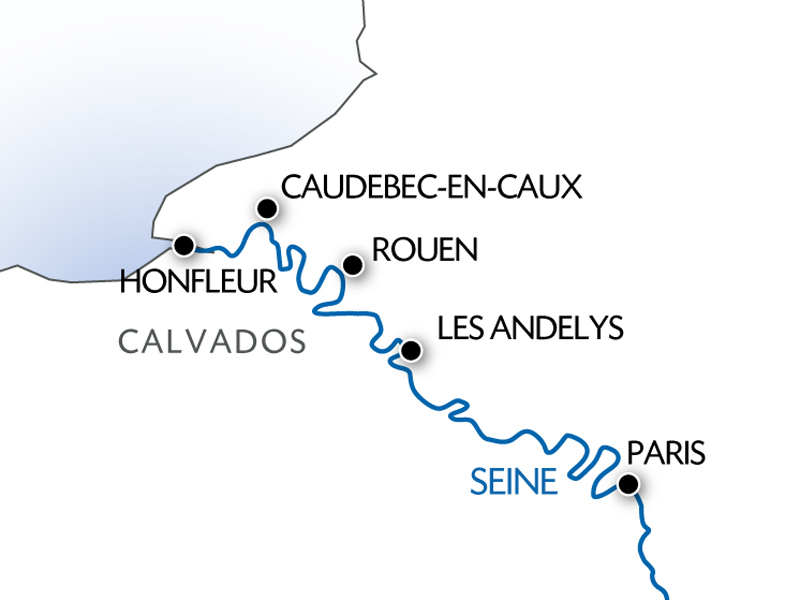


Even if the landing beaches alone are worth a visit, the memory sites on the Normandy coast are numerous and all have their importance, such as the American Cemetery of Colleville-sur-Mer, a concession of the French State in the United States, one of the many places of meditation of the Second World War. From all over the world, schoolchildren, visitors and families come to visit places that leave us speechless.
Remembrance is always present on the beaches of the D-Day with bunkers and works erected for the memory of all. The next step in this line is the bid to have the landing beaches become a UNESCO classified site.